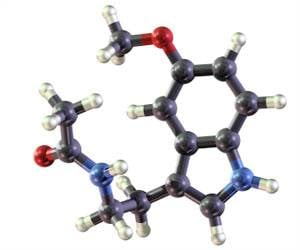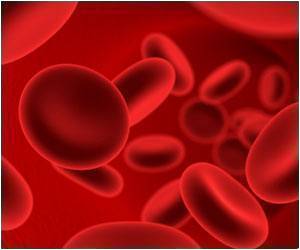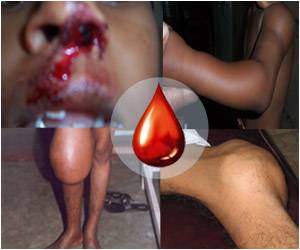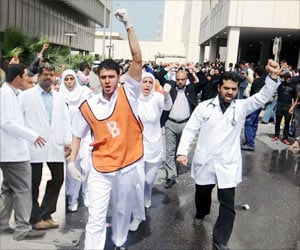A meet was organized to focus attention of government authorities and NGOs on children impacted by thalassemia and to mobilize treatment and care for improving their survival and quality of life.
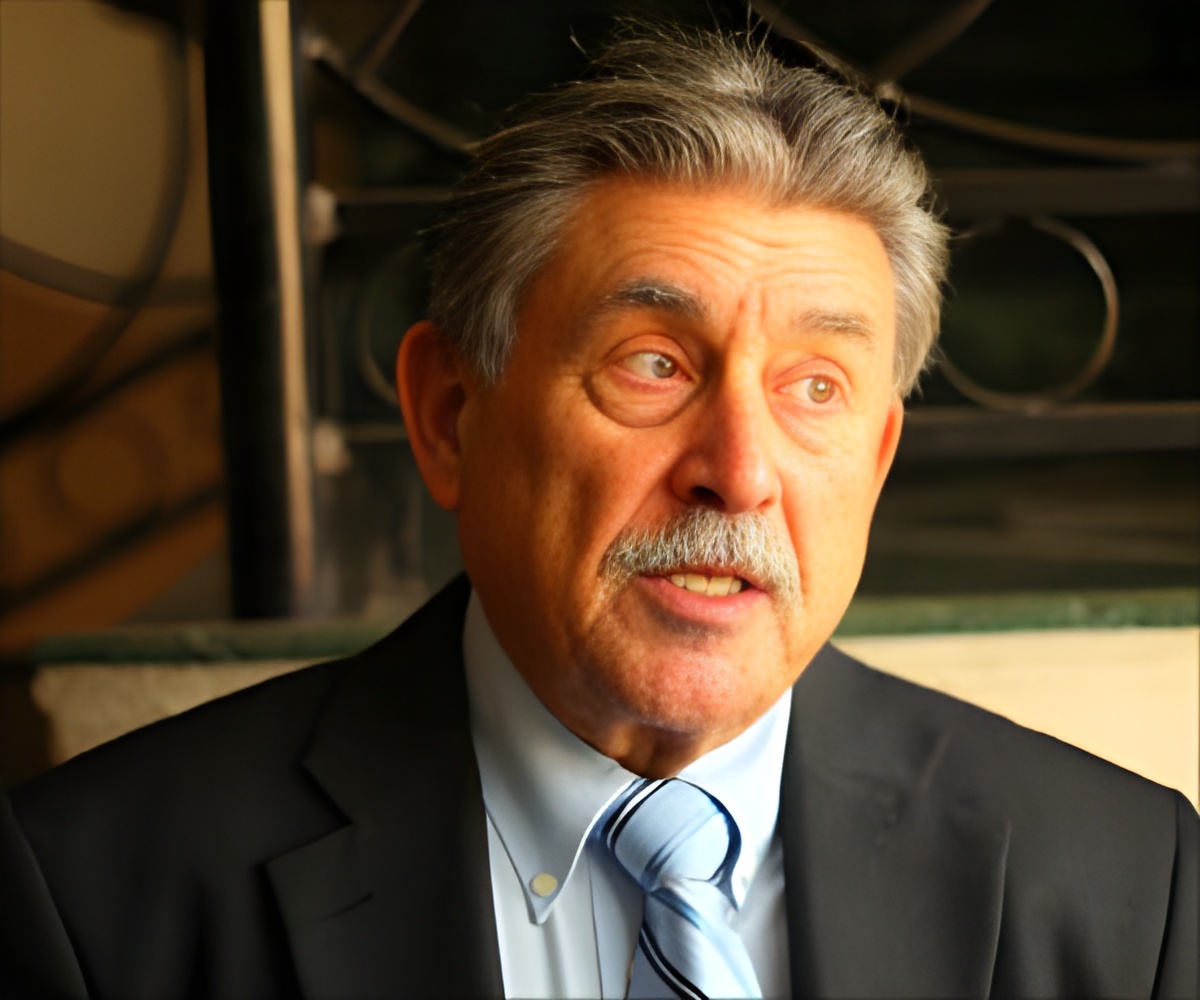
The Federation of Indian Thalassaemics and Thalassaemia International Federation recently organized a meet in Lucknow to focus attention of the state government and NGOs on children impacted by thalassemia in UP and to mobilize treatment and care for improving their survival and quality of life. Michael was speaking with Citizen News Service (CNS) at this meet.
The word thalassemia is derived from the Greek word ‘thalassa’, meaning the ocean, as the patients were initially identified along the coast of the Mediterranean Sea by Lee & Cooley in 1925. Thalassaemia is an inherited genetic blood disorder where the patient’s body cannot produce adequate haemoglobin, resulting in a need for continual blood transfusion. Moreover, the lifesaving blood creates an iron overload in their system. Iron overload is the major cause of morbidity for thalassaemia patients. The excess iron must be chelated out of their system. To bring up and treat a person lifelong for a disease like this is not easy, even though patients who are optimally treated can lead quality life.
The disease is hereditary and is passed on to the child through parents who carry the thalassaemia gene. A ‘carrier’ has one normal gene and one thalassaemia gene or ‘thalassaemia trait’. Most carriers lead normal, healthy lives. If only one parent is a carrier, the offspring will be a carrier too, but not develop the disease. But if both parents are carriers, there is a 25% chance of a thalassaemia major child being born to them.
Dr Michael Angastiniotis comes from Cyprus where 1 in 7 persons is a carrier (against the global average of 1 in 20), and 1 in a 1000 people is actually diseased. It is a small country with a reasonably good health system, so they are able to manage the patients reasonably well. But, he agreed that it may not be easy for a diverse and big country like India.
He stressed upon the need to create awareness about the disease in the masses to prevent it and also to improve quality of life of those who have it. Yes, it is difficult for people to understand about a hereditary disease that they might pass on to their children and hence have to decide what to do. The possible decisions could be to not marry, or to not have a child, or to terminate the pregnancy. So we need to identify the carriers early enough and give them non directive counseling—not tell them what to do but tell them what are the choices available and let them decide, he said.
Advertisement
"The gold standard response to thalassaemia would be to achieve a normal life for a person living with it. Till the new cure comes we need to expand experienced monitoring (and not just basic monitoring), to monitor the patients’ progress. Techniques like MRI to measure the iron in the liver and the heart (as is being done in other countries), must be incorporated for an integrated approach to disease management. We must also develop experts’ patients’ programme, involving patients, who have the will and intelligence to fight, to do their own advocacy, and to teach their peers”.
Advertisement
"There is an urgent need for prevention programmes as well as safe blood transfusion, free chelation and lab testing facilities. There are very few facilities available in UP for getting the carrier parents tested. So samples have to be sent elsewhere and many cannot afford it. Lack of testing often results in the tragic situation of having a second thalassaemic major child in the same family. In Bareilly itself I know of 5 families with 2 thalassaemic children each. Parents of a thalassaemic major child must be encouraged to go for perinatal checkup in case of a 2nd pregnancy, and find out if the unborn child is thalassaemic major or not. If it is, then one should advise for medical termination of pregnancy” said Dr Sardana, who is also the Secretary of Thalassemia Children Welfare Society.
Patients’ Speak:
A young woman (who looked more like a girl, perhaps due to improper monitoring of her condition in childhood) bemoaned, “When I go to Sanjay Gandhi Post-Graduate Institute of Medical Sciences (SGPGIMS), Lucknow for blood transfusion, my main concern is whether I will get a bed or not. Very often there are 3 patients to a bed and sometimes we have to return as there is no bed available—even though blood is available and so are the doctors. If more thalassaemia care centres are built, it will solve this problem”.
A young boy wished that the much delayed PWD (people with disability) Bill is passed by the Parliament so that thalassaemia is officially recognized as a disability. “It will at least make us avail of the facilities which other disabled persons enjoy. Even though our disability is not visible externally we face far greater problems than other handicapped people. We also have a right to be happy, but life becomes very frustrating at times”, he said.
One out of every 8 to 10 persons in India is a victim of Thalassaemia. 50 million Indians carry the thalassaemia trait and one thalassaemic child is born every hour in India. Over 85% of thalassaemic children die for want of proper diagnosis and/or care. Therefore, not only ignorance about Thalassaemia in society should be removed, but the government also needs to play a more proactive role to control this preventable disease.
Ref: Shobha Shukla (CNS)
Source-Medindia

